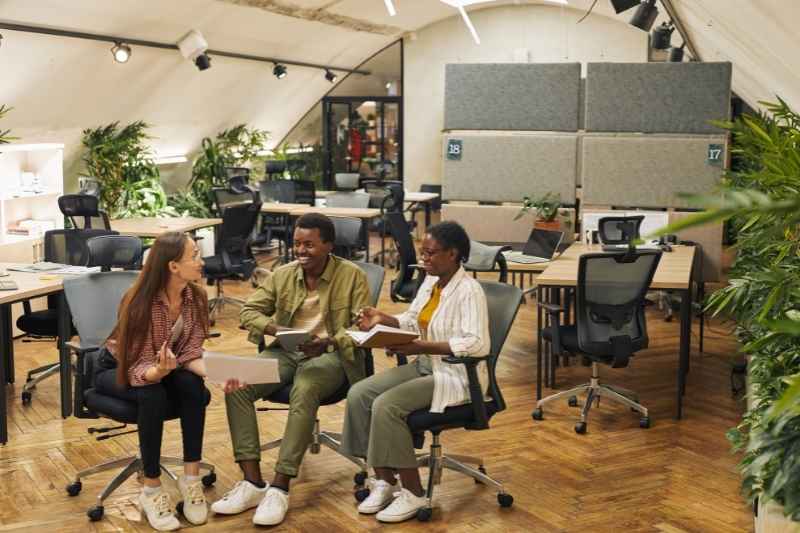Metal workshops have become a popular choice for businesses and homeowners looking for a durable, cost-effective, and versatile workspace. However, as the world becomes increasingly focused on sustainability and reducing carbon emissions, it is important to consider the environmental impact of metal workshop construction. But what are some ways to create an eco-friendly workspace in metal workshops? This article will tell you.
Building Orientation and Site Selection
The orientation of the building and the site selection are important factors to consider when designing an eco-friendly metal workshop. By choosing a site that receives ample natural light and ventilation, the building can be designed to take advantage of these natural resources, reducing the need for artificial lighting and heating.
The orientation of the building can also impact its energy efficiency. By orienting the building to face the south or southeast, it can receive more natural light and warmth from the sun. This can help reduce the need for artificial lighting and heating, resulting in lower energy costs and reduced carbon emissions.
Insulation and Ventilation
Insulation and ventilation are crucial to creating an energy-efficient and sustainable metal workshop. Insulation helps regulate temperature and reduce the need for artificial heating and cooling, while ventilation helps control humidity and air quality.
When designing a metal workshop, it is important to consider the insulation and ventilation requirements based on the intended use of the building. For example, a workshop used for welding may require more ventilation than a woodworking workshop.
Choosing the Right Materials
The materials used in metal workshop construction can have a significant impact on its environmental footprint. When selecting materials, it is important to consider their durability, recyclability, and energy efficiency.
Metal is a durable and long-lasting material that is also recyclable, making it an eco-friendly choice for metal workshop construction. However, it is important to consider the source of the metal and the manufacturing process used to produce it.
Choosing metal from sustainable sources and manufacturers that use environmentally-friendly processes can further reduce the environmental impact of metal workshop construction.
Lighting and Electrical Systems
Lighting and electrical systems are important considerations when designing an eco-friendly metal workshop. By choosing energy-efficient lighting and electrical systems, businesses can significantly reduce their energy consumption and carbon emissions.
LED lighting is a popular choice for metal workshops, as it is energy-efficient and long-lasting. It also produces less heat than traditional lighting, reducing the need for artificial cooling. In addition, businesses can incorporate energy-efficient electrical systems, such as motion sensors and timers, to further reduce energy consumption.
Renewable Energy Sources
Incorporating renewable energy sources into metal workshop construction is a significant step towards creating an eco-friendly workspace. Solar panels and wind turbines are two popular options for businesses looking to reduce their reliance on traditional energy sources and lower their carbon emissions.
While the initial investment in renewable energy sources may be higher than in traditional energy sources, the long-term cost savings and environmental benefits can make them a worthwhile investment. In addition, many governments offer incentives and rebates for businesses that invest in renewable energy sources.
Sustainability and energy efficiency are crucial for businesses and homeowners looking to create an eco-friendly workspace in metal workshops. By considering factors such as building orientation and site selection, insulation and ventilation, material selection, lighting and electrical systems, and renewable energy sources, businesses can significantly reduce their environmental footprint and energy costs.
